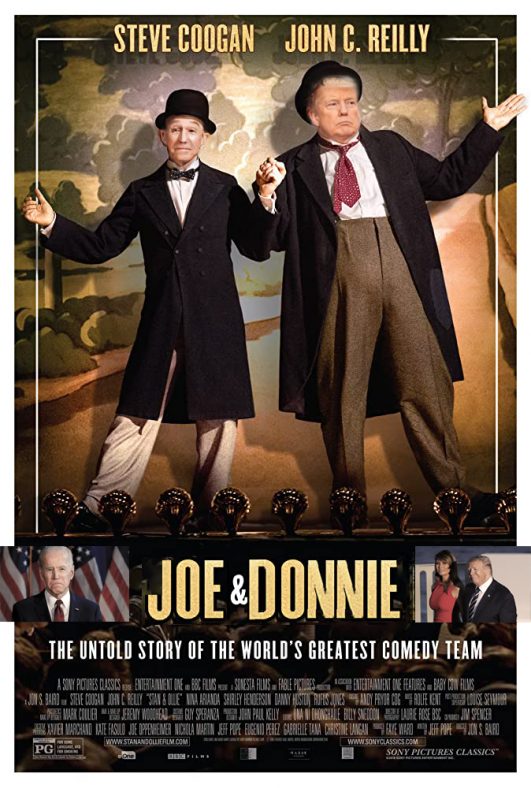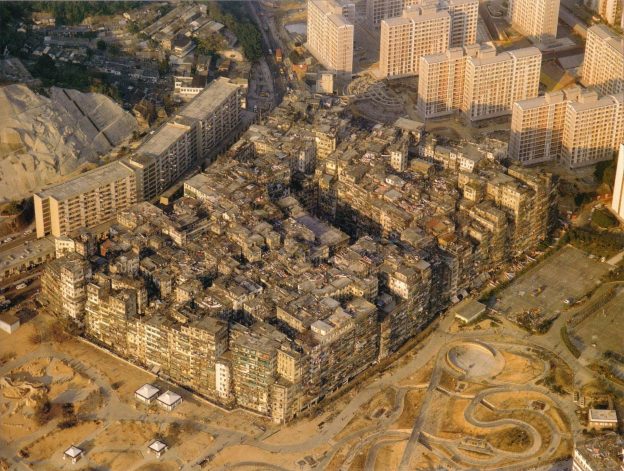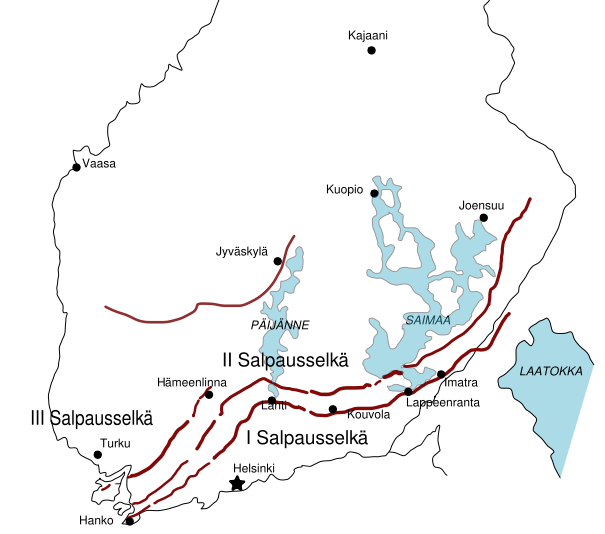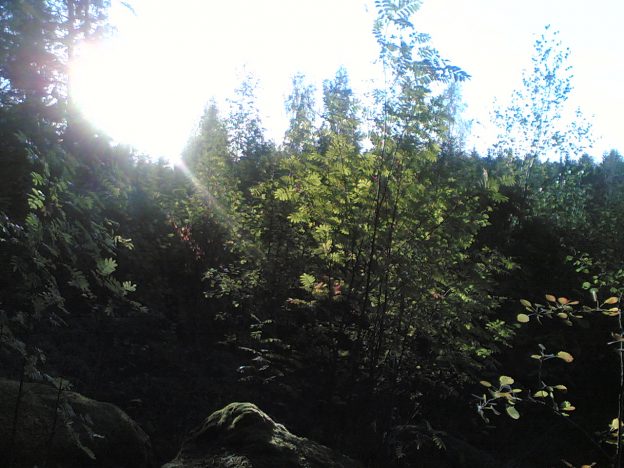
The forerunner of the writing can be considered numerous paintings and engravings that have survived from the Late Paleolithic period from roughly 35,000 to 15,000 years before the beginning of time. The birth of the actual writing took place in Sumer, ancient Mesopotamia, in what is now Iraq, about 3,200 years before the beginning of our era.(1)
In the 21st century, we are returning to the origins of written language, the world of symbols and signs. For the first time, in 2015, a picture was chosen as the word of the year in the Oxford Dictionary – a face laughing with tears in his eyes, called ´Tears of joy´. (2)

Our increasing use of smart devices and media has led to the simplification of language, the decline of literacy, and the replacement of traditional written language with partly different character and symbol systems, memes, and emojis. Iconic characters have begun to be used in writing alongside the old symbolic character set. They differ from iconic writing systems in that they have no sound value. (1) The popularity of audiobooks, the replacement of words by emojis and the increase in video call into question the importance of traditional literacy.
However, there is already talk of a post-text period, although it is difficult to think of replacing a scientific text, for example. Literacy will still be needed. Replacing long texts with a single meme image leads to an ambiguous visuality that requires different reading skills than a traditional text. Instead of literacy, we are talking about multi-literacy. At the same time, people’s literacy is declining.

-Bible as emojis
Do you recognize the verses below?
“Thou shalt love the Lord thy God with all thy heart, and with all thy soul, and with all thy mind, and with all thy might.” The second is this: ‘Love your neighbor as yourself’. There is no commandment greater than these. ” The Double Commandment of Love, Mark. 12: 30
There are about half a million adults in Finland who do not have sufficient literacy skills to cope in today’s society (3) The decline in literacy leads to inequality in society. The danger is the polarization of society and the intensification of extremism.
The impact of political memes has been relatively little studied. Memes can be harmless entertainment that invigorates everyday life, but also a gateway to harmful extremism. Meme simplifies the worldview. Memes and humor are the most effective forms of influencing in social media. There is no direct evidence of planned political influence. However, that does not mean that it will not happen. In the future, trolling can be done with artificial intelligence and algorithms and can be controlled by states, among others. (4) The speed of communication and the lack of source criticism easily lead to the spread of belief information and the fragmentation of the field of knowledge. The content of search engines and the Internet is over-relied on, and at the same time search engine companies have infinite power over the dissemination of information. The governance of search engine companies is a huge political controversy.

On the other hand, the problem is the decline in human brain capacity globally. Professor Gerald Grabtree puts it this way: “I would even bet that if the average citizen from Athens now came to us thousands of years ago, he would be the smartest and most intellectually capable of our party. He would have a good memory, wide-ranging ideas and sharp perspectives on important things. ” The rationale for the hypothesis is that man no longer needs his intellectual abilities to survive in modern modern society. And when intelligence is no longer needed, the genes that support it begin to decay as a legacy for future generations. (5)
Evan Horowitz also writes in an article published by NBC: Humanity is becoming more stupid. That is not an estimate. That is a global fact. IQ results have begun to deteriorate in some of the leading countries, (2). One explanation for this, according to Horowitz, has been that food no longer receives as many nutrients due to global warming. The information society has also been blamed for the flood of information, which is seen as undermining people’s ability to concentrate. It can also undermine humanity’s ability to respond to massive problems such as climate change and the challenges posed by artificial intelligence. (6)
(1) Kuvakirjoituksen jälleensyntymä – tunneikonit kirjoitetussa puhekielisessä keskustelussa ^__^ / / Pro gradu -tutkielma Suomen kieli Turun yliopisto Toukokuu 2006, Ilmari Vauras / https://www.jammi.net/tunneikonit/ilmari_vauras_pro_gradu.pdf
(2) https://www.is.fi/digitoday/art-2000001037217.html
(3) Meemien tulkitseminenkin vaatii lukutaitoa – Mitä käy niille, jotka eivät opi lukemaan?/Salla Rajala, 27.9.2019
https://moreenimedia.uta.fi/2019/09/27/mita-kay-niille-jotka-eivat-opi-lukemaan/
(4) Viihdettä vai aivopesua? Meemit vaikuttavat ajatuksiisi, etkä välttämättä edes huomaa sitä
, 20.9.2019, https://yle.fi/uutiset/3-10941826
(5) https://www.iltalehti.fi/terveys/a/2012111316323790?fbclid=IwAR1dY8mmOTaSmcWCxnqsvjX5v7s0NpDAUjrX_Ab4ipB3rdzU33Oi34z4VQI
(6) Ihmiskunta muuttuu tyhmemmäksi. ”Se ei ole arvio”.
SIINA EKBERG | 23.05.2019 | 23:55- päivitetty 23.05.2019 | 19:10
/https://www.verkkouutiset.fi/ihmiset-tyhmenevat-ja-silla-voi-olla-kohtalokkaat-seuraukset/#6628a248
Thanks for the inspiration to Alicia Romero Fernandez
Pictures:
1. https://fi.wikipedia.org/wiki/Nuolenp%C3%A4%C3%A4kirjoitus
2. https://www.is.fi/digitoday/art-2000001037217.html
3.https://www.wycliffe.fi/emojit/
-Bible as emojis
Do you recognize the verses below?
“Thou shalt love the Lord thy God with all thy heart, and with all thy soul, and with all thy mind, and with all thy might.” The second is this: ‘Love your neighbor as yourself’. There is no commandment greater than these. ” The Double Commandment of Love, Mark. 12: 30
4. picture manipulation: Tuula Vehanen






 Infragraphy is a compilation of critical student artworks and short essays dealing with the materialities of media technologies and their environmental implications. The volume presents artworks and texts from the course ‘Media and the Environment’ in the Fall of 2020 at the Department of Media, Aalto University. The course is a series of scholarly readings about and around the themes of media including media’s relations and impacts on the so-called Anthropocene, thermocultures of media, ecologies of fabrication, media and plastics, Internet of Things, Planned Obsolescence, e-waste, and media’s energetic landscapes. A key approach of the course is to introduce artistic methods and practices that could address emerging media materialities. The student artistic outputs are presented in a final exhibition.
Infragraphy is a compilation of critical student artworks and short essays dealing with the materialities of media technologies and their environmental implications. The volume presents artworks and texts from the course ‘Media and the Environment’ in the Fall of 2020 at the Department of Media, Aalto University. The course is a series of scholarly readings about and around the themes of media including media’s relations and impacts on the so-called Anthropocene, thermocultures of media, ecologies of fabrication, media and plastics, Internet of Things, Planned Obsolescence, e-waste, and media’s energetic landscapes. A key approach of the course is to introduce artistic methods and practices that could address emerging media materialities. The student artistic outputs are presented in a final exhibition.
















